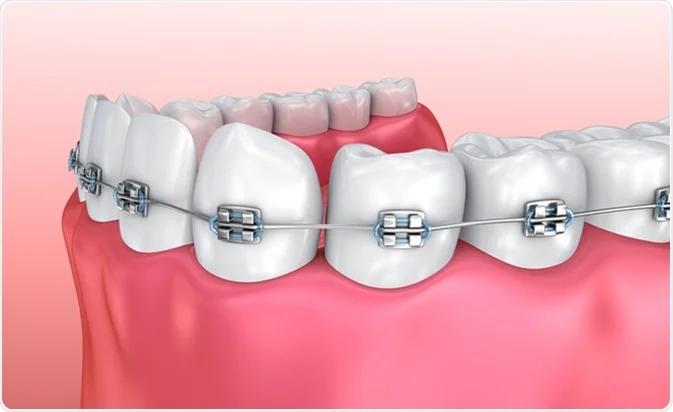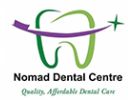Dental Braces

What is a Dental Braces?
Dental braces are orthodontic devices used to correct various dental issues, including crooked or crowded teeth, overbites, underbites, and other jaw and teeth alignment problems. They are commonly used during adolescence but can be effective at any age. Braces work by applying continuous pressure over a period of time to gradually move teeth into their desired positions.
Types of Dental Braces
Metal Braces: Traditional metal braces are the most common type. They are made of high-grade stainless steel and consist of metal brackets and archwires. Modern metal braces are smaller, more comfortable, and more effective than those of the past.
Ceramic Braces: These work similarly to metal braces but use clear or tooth-colored brackets that blend in with the teeth, making them less noticeable. However, they can be more fragile and may require more care.
Lingual Braces: These braces are similar to traditional metal braces, but the brackets and wires are placed on the inside of the teeth, making them invisible from the outside. They can be more difficult to clean and adjust.
Clear Aligners: Clear aligners, such as Invisalign, are a series of custom-made, removable aligners that gradually shift teeth into place. They are almost invisible and can be removed for eating and cleaning, offering a high level of convenience and aesthetics.
The Process of Getting Braces
The process of getting braces typically involves several steps:
Consultation: An orthodontist evaluates the patient’s dental condition, takes X-rays, and discusses the treatment options.
Preparation: This might include teeth cleaning, cavity filling, and sometimes the placement of spacers to create room for the braces.
Placement: The braces are placed on the teeth using a special adhesive, and the archwire is connected to the brackets.
Adjustments: Regular follow-up appointments are necessary to adjust the braces, ensuring teeth are moving as planned.
Retention: After the braces are removed, a retainer is often needed to maintain the new position of the teeth.
Benefits of Dental Braces
Improved Appearance: Straight teeth enhance one’s smile and boost self-confidence.
Better Oral Health: Properly aligned teeth are easier to clean, reducing the risk of cavities and gum disease.
Improved Functionality: Correcting bite issues can improve chewing, speaking, and overall oral function.
Prevention of Future Problems: Addressing alignment issues can prevent more severe dental problems in the future.
Common Challenges and Considerations
Discomfort: Patients may experience discomfort or soreness, especially after adjustments.
Dietary Restrictions: Certain foods that are hard, sticky, or chewy should be avoided to prevent damage to the braces.
Oral Hygiene: Maintaining good oral hygiene is crucial to prevent plaque buildup and tooth decay around the braces.
Frequently Asked Questions
The main types of dental braces are metal braces, ceramic braces, lingual braces, and clear aligners like Invisalign.
The duration varies depending on individual cases, but treatment usually lasts between one to three years.
Some discomfort or soreness is common, especially after adjustments, but it typically subsides after a few days.
Adults can also benefit from braces, and many orthodontists offer treatment options suitable for all ages.
It’s best to avoid hard, sticky, or chewy foods such as nuts, popcorn, chewing gum, and caramel to prevent damage to the braces.
Maintaining oral hygiene involves regular brushing, flossing with special tools, and possibly using a water flosser to keep teeth and braces clean. Regular dental check-ups are also essential.
Nomad Dental Centre
We understand just how closely connected oral health is to your overall health, confidence, and appearance, and we pride ourselves on cultivating a friendly, upbeat dental environment where you can always feel comfortable in our care.
Our Newsletter
Services
Address
- P.O. BOX 781-10100
- Peak Business center,
- 1st Floor. Nyeri, Kenya
Email Us
- info@nomaddental.com
- sales@nomaddental.com
Contacts
- Tel: 061 2034799
- Tel: 0738 171 377
